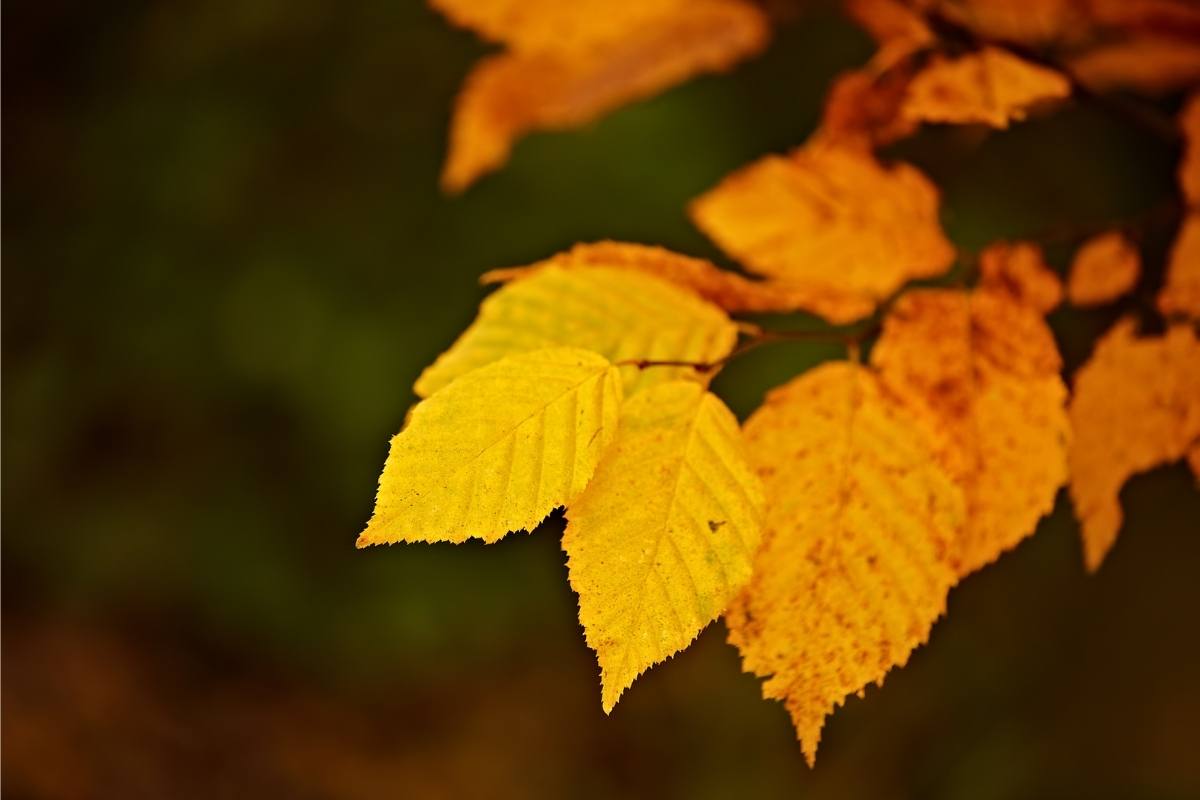Late autumn is a great time to be productive in the garden. The milder weather means it's less energy-sapping to be working outdoors, while the autumn colours provide a feast for the eyes to replace the fading summer blooms. But there's also plenty to do in May, from sowing new seeds to preparing existing plants for winter. Here are some ideas to keep you happily gardening in the month ahead...
What to Sow Now:
May is a great time to grow mustard greens for adding zing to autumn and winter salads, or for using the seeds that come later in the well-known fiery condiment. The cooler days reduce the risk of mustard bolting to seed prematurely, and also keep the flavour from getting too bitter too quickly. Read more here on how to grow this versatile leafy green and spice.
Mustard also makes an excellent green manure to sow in beds which are otherwise empty over the colder months. Just like other green manure options like alfalfa and oats, mustard will suppress weeds, replenish nutrients, and help develop soil structure. However, mustard has an extra benefit, helping to reduce soil-borne disease through a process called biofumigation. Read more here.
Sowing peas and broad beans now gives the germinated seedlings time to develop a healthy root system over winter, giving spring growth a head start for an earlier crop and heavier yields.
For a quicker crop for your table, scattering radish seeds will produce tasty, peppery globes in as little as four weeks, without the risk of bolting which happens so easily in summer.
In flower beds and borders, perennial flowers like carnation, gypsophila, and even short-lived calendula can be scattered or sown while it's still warm enough for germination, aided by the increased rainfall of autumn.
Click the links below for a larger list of seeds that can be sown now in each climate.
▩ Cold Climate: Tasmania, Melbourne, Mt Gambier, Canberra, etc.
▩ Moderate Climate: Sydney, Perth, Adelaide, etc.
▩ Warm Climate: Brisbane, Bundaberg, Carnarvon, etc.
▩ Tropical Climate: Broome, Darwin, Cairns, Townsville, etc.
▩ Not sure which climate? Click here.
Gardening Tips for April:
Mulching: May can see the first frosts of the year in cooler climates, so it's time to start protecting vulnerable plants. Adding layers of a natural mulch will help trap warmth in the soil, blanketing the roots if the temperature takes a sudden dip. Mulching will also help keep dried surface soil from washing away in a sudden autumn rainfall.
Collect Leaves: Fallen leaves make an ideal mulch, but they're also a great addition to your compost heap thanks to their high nutrient levels and ability to improve soil structure. For the best effect, shred the leaves finely before mixing them in to speed up composting.
Support Taller Plants: The chance of harsher weather means taller plants may need some support, using canes, stakes, or a trellis.
Seaweed Feed: For many plants, growth may be slowing down or even becoming dormant. But for those species that stay active over winter, a feed with a seaweed solution can promote stronger root growth, and help protect them against pests and frost during the colder months of vulnerability.
Weed Control: Increasingly wet weather means many weeds can seize their chance and grow rapidly out of control. Keeping on top of weeding will not only reduce the competition for your young and established plants, but will also prevent the weeds from self-seeding and making even bigger problems for next year. And you don't need to waste the weeds you've cleared: try making a weed tea to feed your plants over winter, returning the weed's stolen nutrients back to the soil.
Prepare for Tree Planting: It's nearly time to plant bare-rooted trees, so if this is in your plans, prepare their spots now by digging plenty of organic matter into the soil. Water well, cover with mulch, and the earth will be rich and fertile by the time you put the trees in their beds.
Cabbage Moths: If you grow brassicas, be particularly alert around now for signs of cabbage moth infestation. May is prime egg-laying season, and the hatched caterpillars can lay waste to young crops almost overnight. Inspect your plants daily, and consider using preventative control measures including netting or an organic caterpillar spray.
Slugs and Snails: The retreat of summer heat and the increased moisture levels mean that slugs and snails are in their element, which can spell bad news for tender young seedlings or juicy salad leaves. Setting up beer traps is an eco-friendly way to control numbers, while organic pellets or natural nematode treatments can be useful for more serious situations.
Take Cuttings: Lastly, May is a perfect time to take cuttings of hardwood herbs such as rosemary, lavender, or sage. Rooting can sometimes be a slow process, but taking cuttings now gives plenty of chance for the new plants to establish before transplanting when the weather warms.
Depending on your local climate, winter can mean your garden's growth slows down a little or takes a break entirely. But either way, May and it's gentler conditions is a great time to get your garden in shape.






